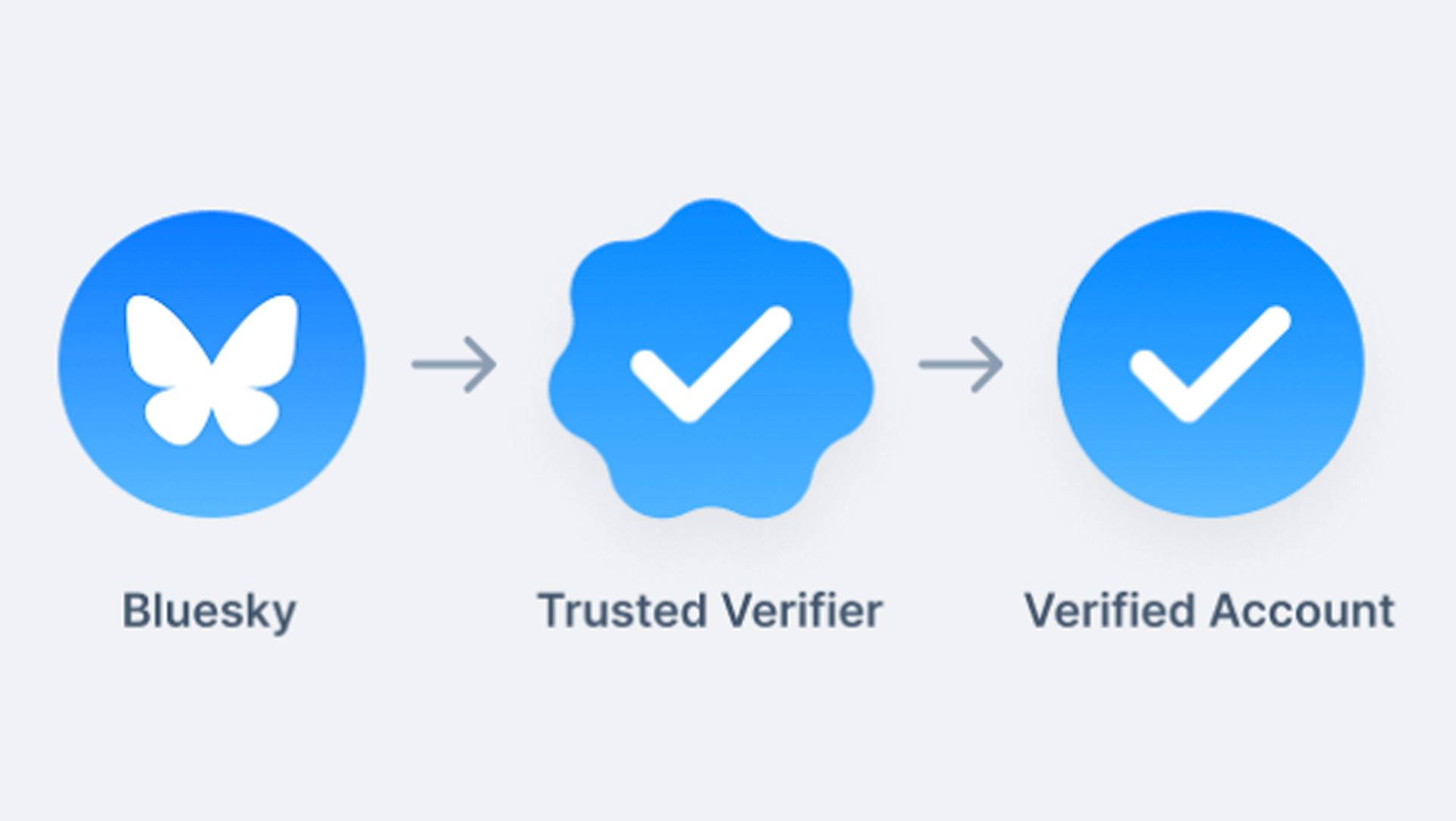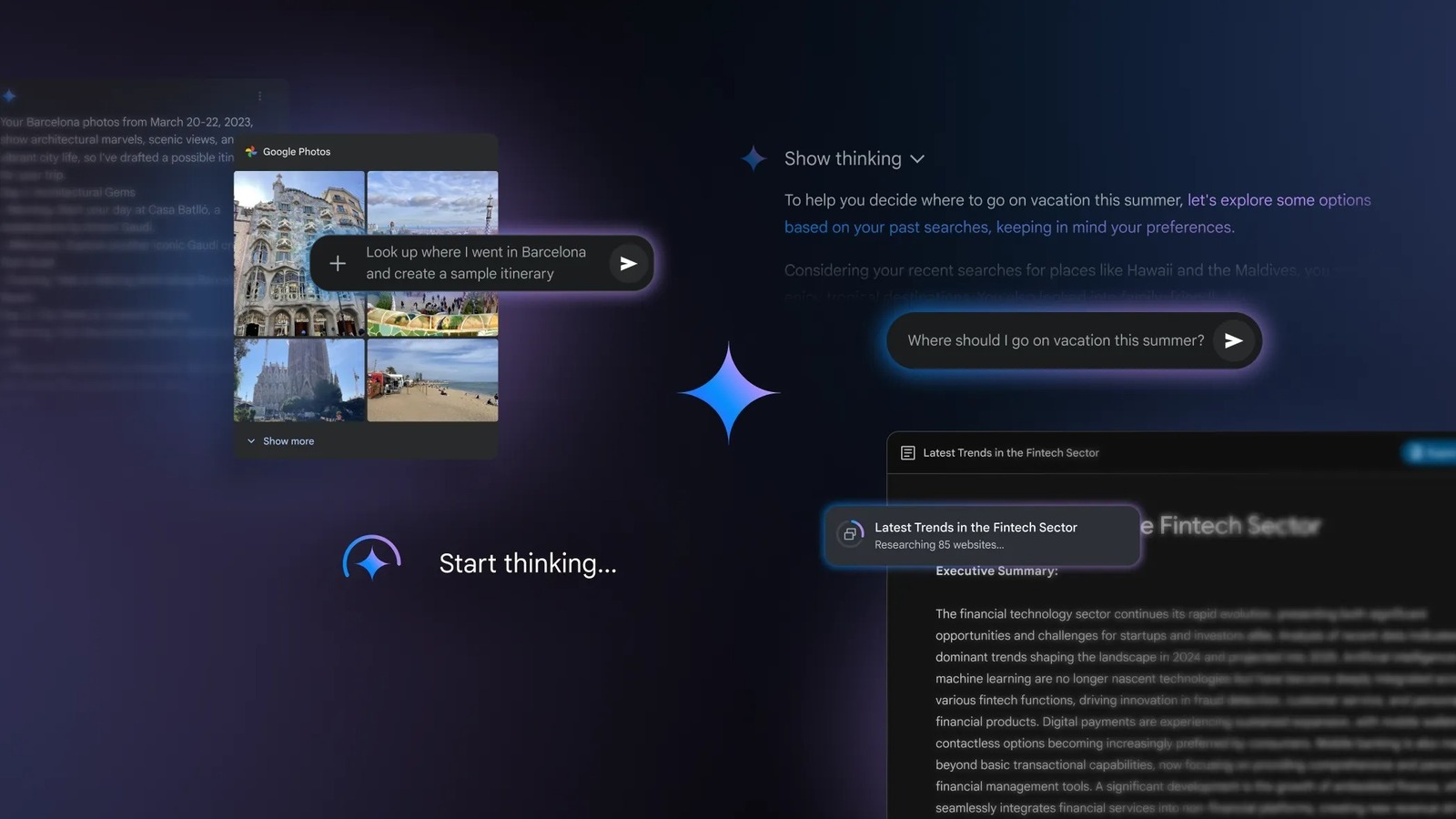Digital Forensics In 2025: How CSOs Can Lead Effective Investigations
In 2025, digital forensics stands at the intersection of rapid technological innovation, increasingly sophisticated cyber threats, and the ever-expanding volume of digital data. The role of the Chief Security Officer (CSO) has never been more critical in leading effective digital investigations. As organizations rely more on cloud computing, mobile devices, and interconnected systems, the complexity […] The post Digital Forensics In 2025: How CSOs Can Lead Effective Investigations appeared first on Cyber Security News.

In 2025, digital forensics stands at the intersection of rapid technological innovation, increasingly sophisticated cyber threats, and the ever-expanding volume of digital data.
The role of the Chief Security Officer (CSO) has never been more critical in leading effective digital investigations.
As organizations rely more on cloud computing, mobile devices, and interconnected systems, the complexity of digital evidence has grown exponentially.
Digital forensics now encompasses a broad spectrum of investigative techniques and methodologies used to extract, preserve, and analyze data from computers, smartphones, servers, cloud platforms, and a wide array of Internet of Things (IoT) devices.
The rise of cloud computing has fundamentally changed the nature of digital investigations.
Data is now distributed across multiple platforms and geographic locations, often governed by different legal frameworks and provider-specific policies on retention, encryption, and access rights.
This distributed nature requires forensic professionals to develop nuanced approaches for acquiring and analyzing digital evidence.
Traditional forensic methods, which focused on physical device seizure and direct data extraction, are often insufficient in the cloud era.
Specialized tools and standardized methodologies for cloud data extraction, analysis, and cross-border retrieval are becoming essential.
The integration of cloud forensics with emerging technologies like blockchain is also gaining traction, providing more secure and transparent audit trails for investigations.
Artificial Intelligence (AI) and Machine Learning (ML) are revolutionizing digital forensics by automating the processing and analysis of massive data sets.
Where investigators once spent countless hours manually reviewing logs, device contents, and network traffic, AI-powered tools now flag relevant information, identify anomalies, and even make predictive assessments about potential leads.
These technologies can uncover patterns in seemingly unrelated data, detect new cyberattack strategies, and predict suspect behavior based on digital footprints.
AI’s role extends to proactive defense, identifying system vulnerabilities before attacks occur and enabling real-time forensics, where investigative teams can trace breaches as they happen.
Mobile forensics is another rapidly advancing domain.
The proliferation of smartphones, IoT devices, and wearables has introduced new challenges, such as advanced encryption, sophisticated operating systems, and massive data generation.
Forensic tools must continually evolve to bypass encryption, recover deleted files, and extract data from secure applications.
The advent of 5G networks has further complicated the landscape, requiring forensic experts to trace high-speed communications and data packets.
As smart home appliances and wearables generate more sensitive data, new legal standards and protocols for data privacy and collection are being developed to keep pace with technological change.
Building A Robust Digital Forensics Framework
For CSOs to lead effective investigations, establishing a robust digital forensics framework is paramount.
This framework must address the unique challenges posed by modern data environments and ensure that evidence is collected, preserved, and analyzed in a manner that maintains its integrity and admissibility in court.
The digital forensics process typically consists of four core stages: collection, examination, analysis, and reporting.
- Collection Phase: Acquire digital evidence from physical assets including computers, hard drives, mobile devices, and cloud storage
- Ensure data integrity by preventing loss or alteration during acquisition
- Create forensic images or secure copies of original media for analysis
- Examination Phase: Identify and extract relevant data from collected evidence
- Conduct analysis on live systems or via forensic workstations
- Define investigation scope and prepare protocols for systematic review
- Verify compliance with legal authorizations and jurisdictional requirements
Analysis is the heart of the forensic process, where collected data is scrutinized to answer key questions: who created or edited the data, how and when activities occurred, and how the information relates to the case at hand.
Investigators use advanced tools to reconstruct digital events, build timelines, and correlate evidence across multiple devices and platforms.
The final stage, reporting, involves synthesizing findings into clear, comprehensive documents that can be understood by stakeholders with varying levels of technical expertise.
These reports are vital for legal proceedings, internal investigations, and informing future security strategies.
Integrating Cybersecurity And Forensics
The convergence of cybersecurity and digital forensics is a defining trend in 2025. As cyber threats grow more sophisticated, the boundaries between prevention, detection, and investigation are blurring.
Digital forensics teams are increasingly embedded within incident response units, enabling real-time analysis of breaches and rapid tracing of attack vectors.
The integration of forensics with Security Information and Event Management (SIEM) systems allows for continuous monitoring of network traffic, immediate identification of malicious activity, and the ability to shape future cybersecurity defenses based on forensic findings.
This convergence is driving the development of hybrid professional roles, where experts possess deep knowledge of both cybersecurity and forensic investigation.
Such professionals are equipped to handle the full spectrum of digital incidents, from initial detection to evidence collection, analysis, and remediation.
The collaborative approach ensures that organizations can respond swiftly to incidents, minimize damage, and strengthen their overall security posture.
Ethical And Legal Considerations
With the explosion of digital data comes heightened ethical and legal challenges. The collection and analysis of digital evidence must be balanced against privacy laws and ethical boundaries.
In 2025, regulations governing data protection, such as the General Data Protection Regulation (GDPR) and similar frameworks worldwide, are becoming more stringent.
Forensic professionals must stay abreast of evolving legal requirements to ensure compliance while safeguarding the integrity of their investigations.
Ethical considerations also extend to the use of AI in forensics, particularly regarding algorithmic bias and transparency.
As AI-driven tools become more prevalent, ensuring that their outputs are fair, explainable, and legally defensible is crucial.
Clear guidelines and best practices are needed to navigate the intersection of technology, privacy, and justice, maintaining public trust in the investigative process.
Leading The Future: The CSO’s Role
The CSO’s leadership is central to building and maintaining an effective digital forensics capability.
This involves not only investing in advanced tools and technologies but also fostering a culture of continuous learning and adaptation.
CSOs must ensure that forensic teams receive ongoing training to keep pace with emerging threats, new device types, and evolving legal standards.
Collaboration with law enforcement, legal experts, and external cybersecurity partners is essential for sharing intelligence, refining investigative techniques, and staying ahead of adversaries.
A successful CSO will champion the development of comprehensive policies and procedures that standardize the forensic process across the organization.
This includes defining clear roles and responsibilities, establishing protocols for evidence handling, and ensuring that investigations are conducted ethically and legally.
By integrating digital forensics with broader cybersecurity strategies, CSOs can create resilient organizations capable of withstanding and responding to the most complex digital threats.
In conclusion, digital forensics in 2025 is characterized by rapid technological evolution, increased data complexity, and the convergence of cybersecurity and investigative functions.
CSOs who lead with vision, invest in advanced capabilities, and uphold the highest ethical standards will position their organizations to navigate the challenges of the digital age and emerge stronger in the face of cyber adversity.
Find this News Interesting! Follow us on Google News, LinkedIn, & X to Get Instant Updates!
The post Digital Forensics In 2025: How CSOs Can Lead Effective Investigations appeared first on Cyber Security News.











































![Mobile Legends: Bang Bang [MLBB] Free Redeem Codes April 2025](https://www.talkandroid.com/wp-content/uploads/2024/07/Screenshot_20240704-093036_Mobile-Legends-Bang-Bang.jpg)























![Apple Releases iOS 18.5 Beta 3 and iPadOS 18.5 Beta 3 [Download]](https://www.iclarified.com/images/news/97076/97076/97076-640.jpg)
![Apple Seeds visionOS 2.5 Beta 3 to Developers [Download]](https://www.iclarified.com/images/news/97077/97077/97077-640.jpg)
![Apple Seeds tvOS 18.5 Beta 3 to Developers [Download]](https://www.iclarified.com/images/news/97078/97078/97078-640.jpg)
![Apple Seeds watchOS 11.5 Beta 3 to Developers [Download]](https://www.iclarified.com/images/news/97079/97079/97079-640.jpg)


































































































































































































![[The AI Show Episode 144]: ChatGPT’s New Memory, Shopify CEO’s Leaked “AI First” Memo, Google Cloud Next Releases, o3 and o4-mini Coming Soon & Llama 4’s Rocky Launch](https://www.marketingaiinstitute.com/hubfs/ep%20144%20cover.png)
























































































































![BPMN-procesmodellering [closed]](https://i.sstatic.net/l7l8q49F.png)

















![From fast food worker to cybersecurity engineer with Tae'lur Alexis [Podcast #169]](https://cdn.hashnode.com/res/hashnode/image/upload/v1745242807605/8a6cf71c-144f-4c91-9532-62d7c92c0f65.png?#)



































.jpg?#)
.jpg?#)
.jpg?#)





























































